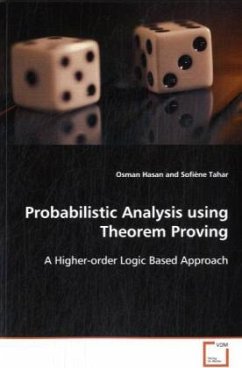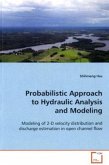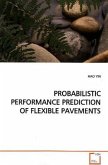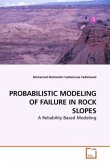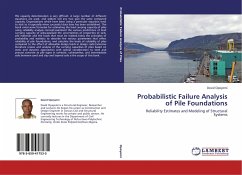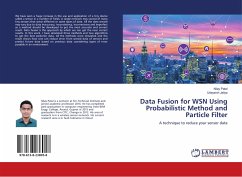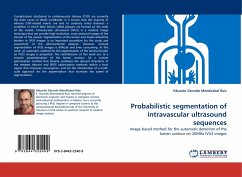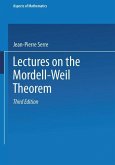Traditionally, computer simulation techniques are
used to perform probabilistic analysis. However, they
provide less accurate results and cannot handle
large-scale problems due to their enormous CPU time
requirements. Recently, a significant amount of
formalization has been done in higher-order logic
that allows us to conduct precise probabilistic
analysis using theorem proving and thus overcome the
limitations of the simulation based probabilistic
analysis approach. Some major contributions include
the formalization of both discrete and continuous
random variables and the verification of
corresponding probabilistic and statistical
properties. This book presents a concise description
of the infrastructures behind these capabilities and
their utilization to conduct the probabilistic
analysis of real-world systems. The case studies of
the round-off error of a digital processor, the
Coupon Collector''s problem and the Stop-and-Wait
protocol are used to illustrate the proposed analysis
approach.
Designed as an independent research tool, the book
presents a well-thought-out treatment of a rapidly
emerging multidisciplinary field across Mathematics,
Computer Science and Engineering.
used to perform probabilistic analysis. However, they
provide less accurate results and cannot handle
large-scale problems due to their enormous CPU time
requirements. Recently, a significant amount of
formalization has been done in higher-order logic
that allows us to conduct precise probabilistic
analysis using theorem proving and thus overcome the
limitations of the simulation based probabilistic
analysis approach. Some major contributions include
the formalization of both discrete and continuous
random variables and the verification of
corresponding probabilistic and statistical
properties. This book presents a concise description
of the infrastructures behind these capabilities and
their utilization to conduct the probabilistic
analysis of real-world systems. The case studies of
the round-off error of a digital processor, the
Coupon Collector''s problem and the Stop-and-Wait
protocol are used to illustrate the proposed analysis
approach.
Designed as an independent research tool, the book
presents a well-thought-out treatment of a rapidly
emerging multidisciplinary field across Mathematics,
Computer Science and Engineering.

